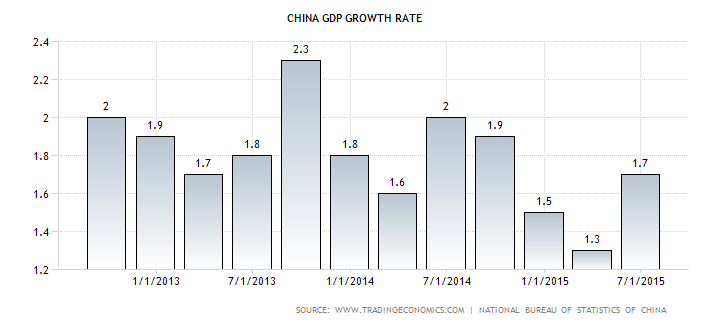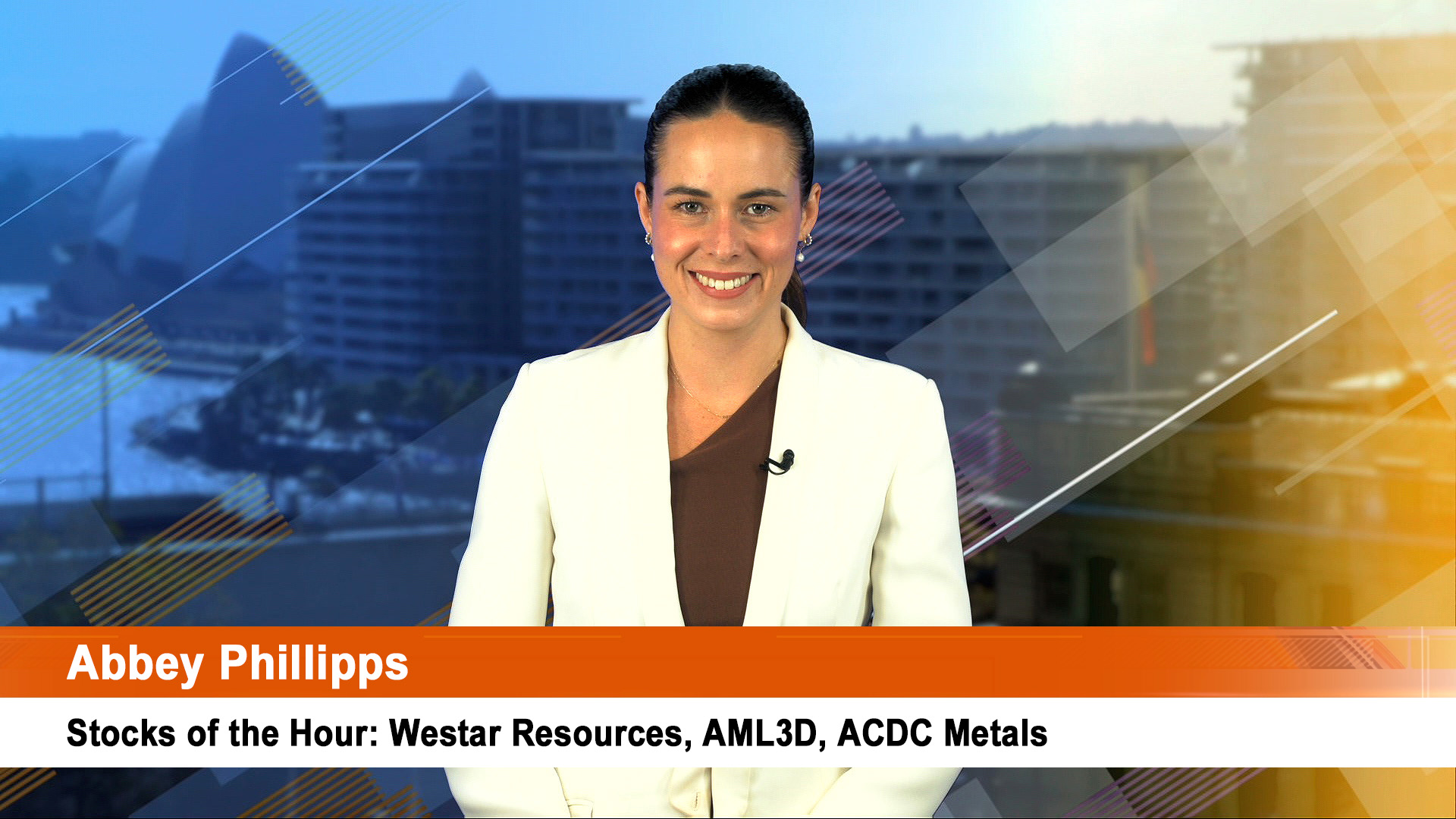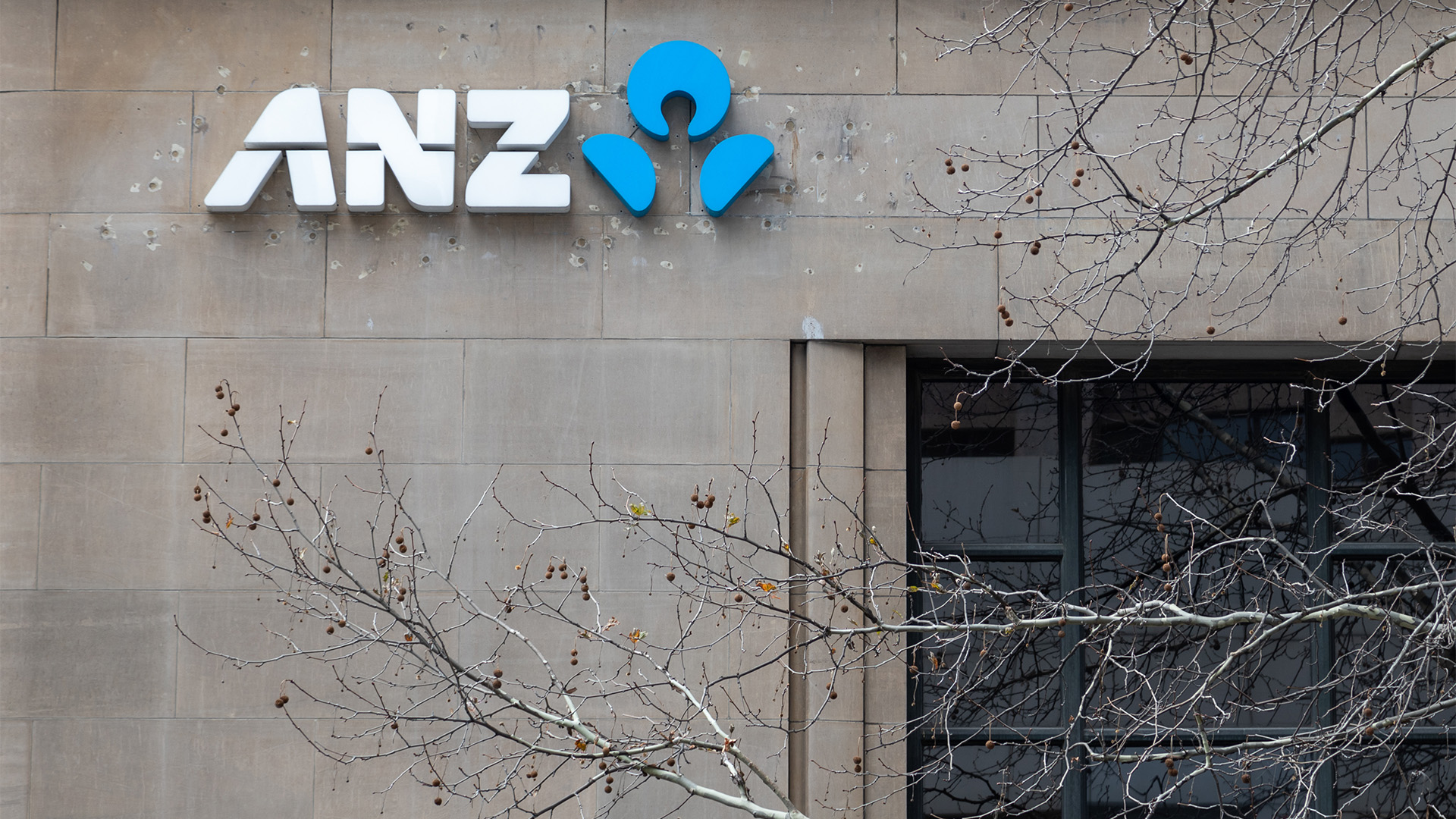China grew at a 7% annual rate in the June quarter, unchanged from the 7% annual rate in the first quarter and in line with the official government target? Really?
So it seems.
The June rate cut and lowering of the reserve ratio for banks and non-bank financial groups came too late to boost activity in the month and quarter, so much of the improvement is down to the earlier rate cuts and reductions in that reserve ratio.
And the reaction from Chinese stockmarkets? A big thumbs down. The Shanghai market fell 3% as realism set in. Other Chinese markets also fell in the biggest sell off since the market steadied a week ago. The apparently better economic news was seen as not being conducive to more stimulus (rate cuts)
On a quarterly basis, the economy grew 1.7% from the March quarter, compared with 1.4% in the March quarter, China’s National Bureau of Statistics said yesterday. Annualised that’s a 6.8% growth rate in the June quarter, which is closer to most forecasts for growth of 6.8% to 7% for the three months.
Chinese GDP: too good to be true?

Monthly activity data, released alongside the GDP report, also beat expectations to show signs of a rebound, with factory output hitting a five-month high.
Fixed-asset investment rose an annual 11.4% in the first six months of 2015, the official statistics bureau said, again a forecast 11.2% growth.
Industrial output growth quickened to 6.8% (still weak though), much faster than the forecast 6% rise after 6.1% growth in May.
And retail sales rose an annual 10.6% to June, compared with forecasts for a 10.2% rise.
But industrial production, fixed asset investment and retail sales all slowed in the second quarter from the first, indicating the economy is still sluggish and gripped by intense price deflation at the manufacturing level.
Central bank figures on Tuesday showed bank lending jumped sharply in June, but how much of that new credit flowed into the real economy, as opposed to supporting the rampant stock market speculation, and then investors hit by surging margin calls, remains unclear.
But other figures out yesterday show there was an improvement in the housing sector, which fits with anecdotal stories from June of rising demand and interest from buyers, and rising prices in some big cities.
China’s housing sales rose 12.9% year-over-year in the six months to June, up sharply from 5.1% rate reported for the five months to May. Much of this improvement was down to price cuts and new government incentives to buy homes, according to analysts in China.
Housing sales in January to June totalled 2.89 trillion yuan ($US466 billion), the National Bureau of Statistics said Wednesday.
Other indicators about the strength of the country’s property sector were not so bullish.
And the value of investment in property development rose 4.6% to 4.40 trillion yuan in the first six months this year, weaker than the 5.1% growth in the first five months. (Property investment includes land purchases and other investments by developers).
And new construction starts across residential and commercial property in the first half fell 15.8% to 674.79 million square meters, compared with the 16% decline recorded in the January to May period, which is probably a better indicator than the value of house sales.
This fall is a sign developers still have too many unsold properties and are curtailing their building until there’s a better supply-demand balance.













